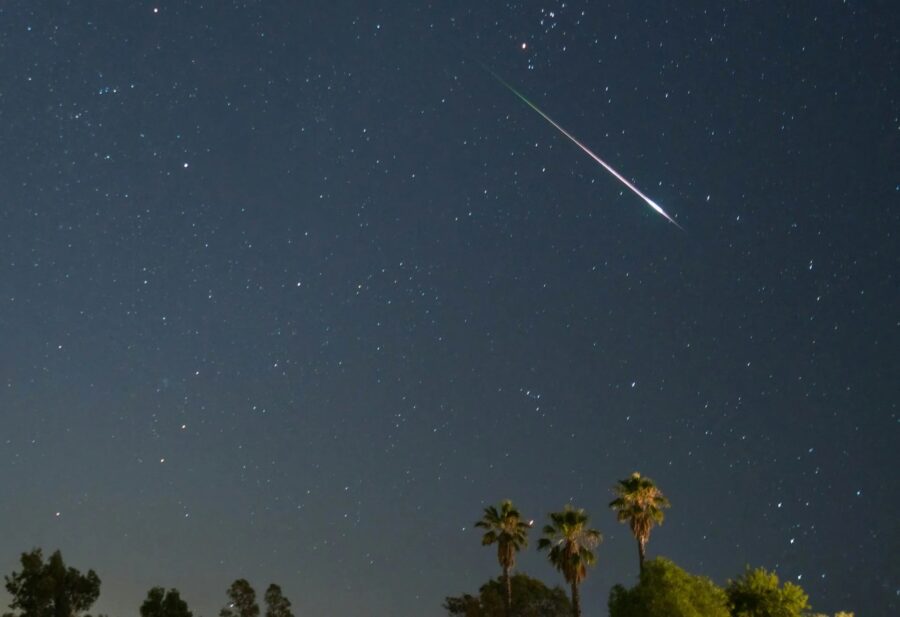
Comet, rocket, space junk or meteor? How to tell your fireballs apart
While these objects have some similarities, there are crucial differences that can help us work out what just passed over our heads.

While these objects have some similarities, there are crucial differences that can help us work out what just passed over our heads.
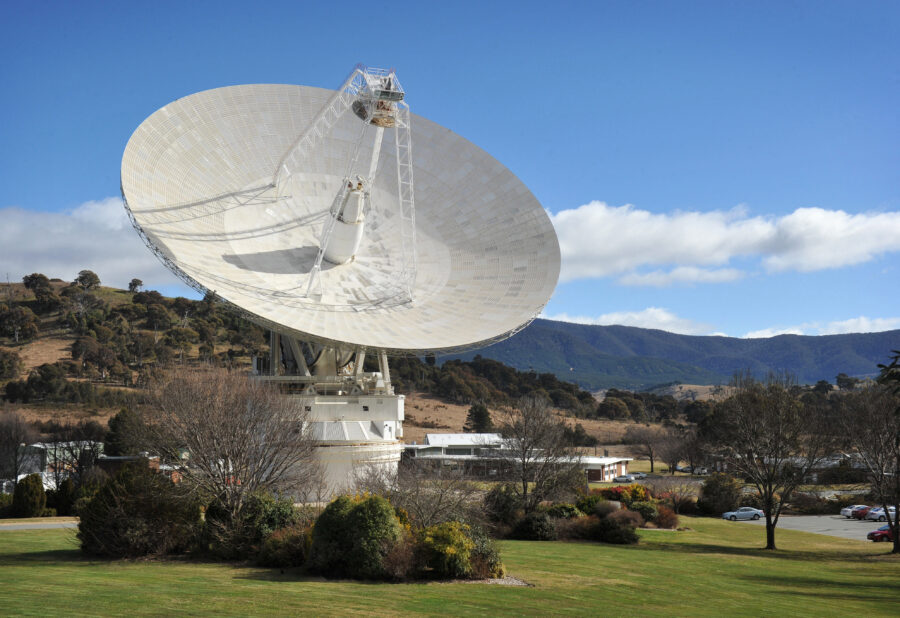
I’m often asked about the space probes that are leaving the solar system, never to return. There are five of them: Pioneer 10 and 11 and Voyager 1 and 2 – all launched in the 1970s – and New Horizons, which began its journey to Pluto and beyond in 2006.
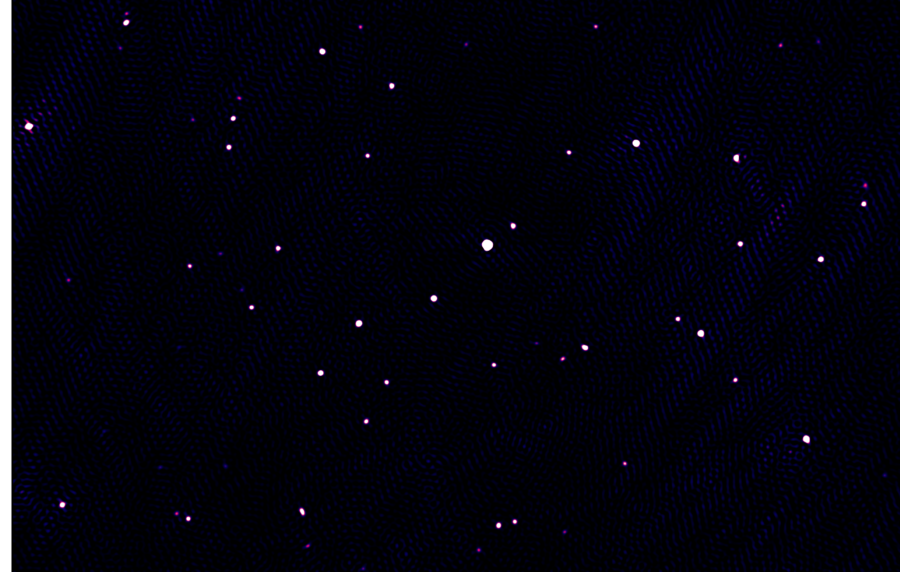
Less than one per cent of the world’s biggest radio telescope is complete – but its first image reveals a sky dotted with ancient galaxies.
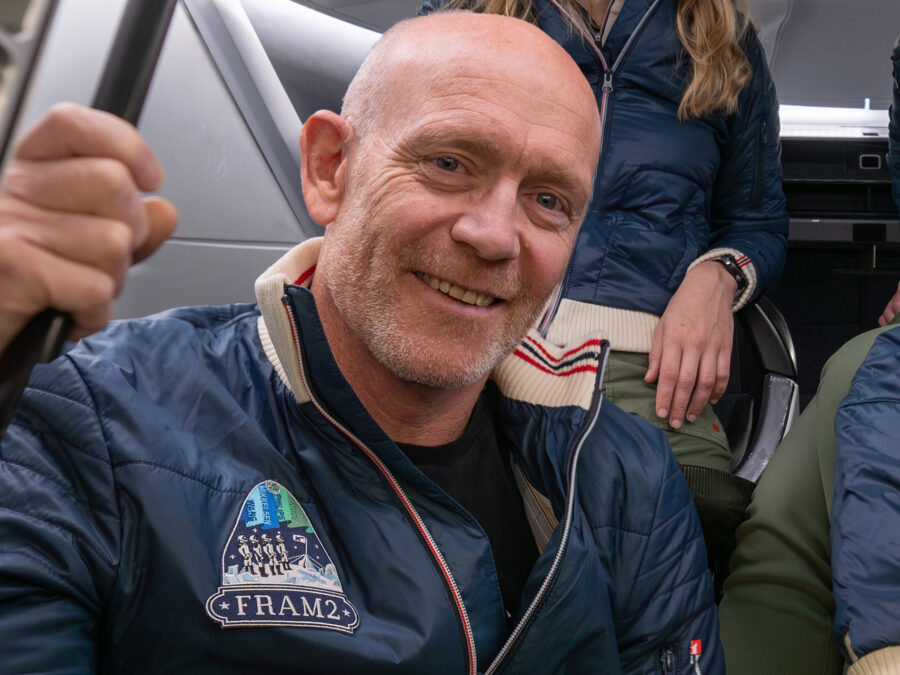
Australian polar explorer Eric Philips will be launched into space later this month as part of the first crewed mission to orbit the North and South poles.
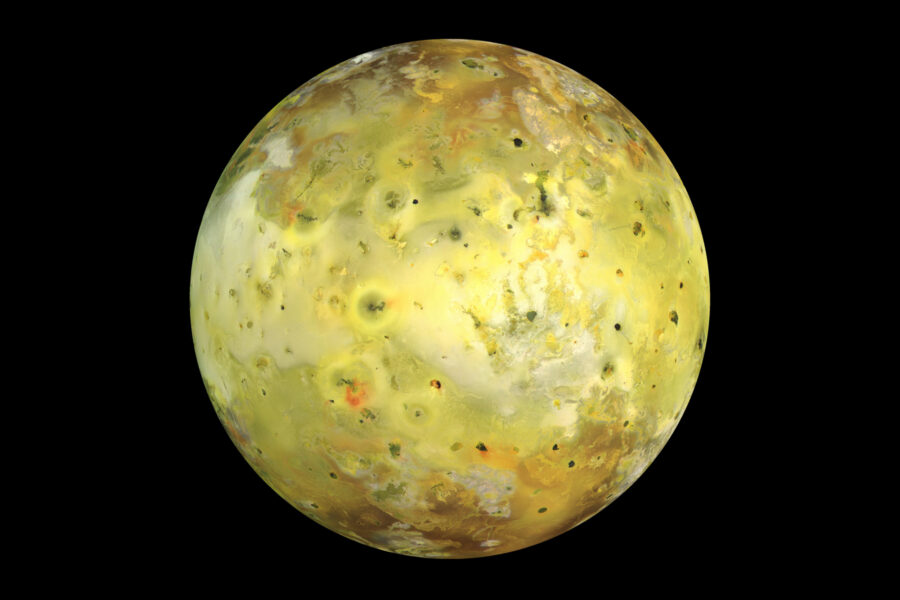
Once in a while, our planet reminds us of its awesome power by releasing a little of the magma that permeates its mantle in a volcanic eruption.
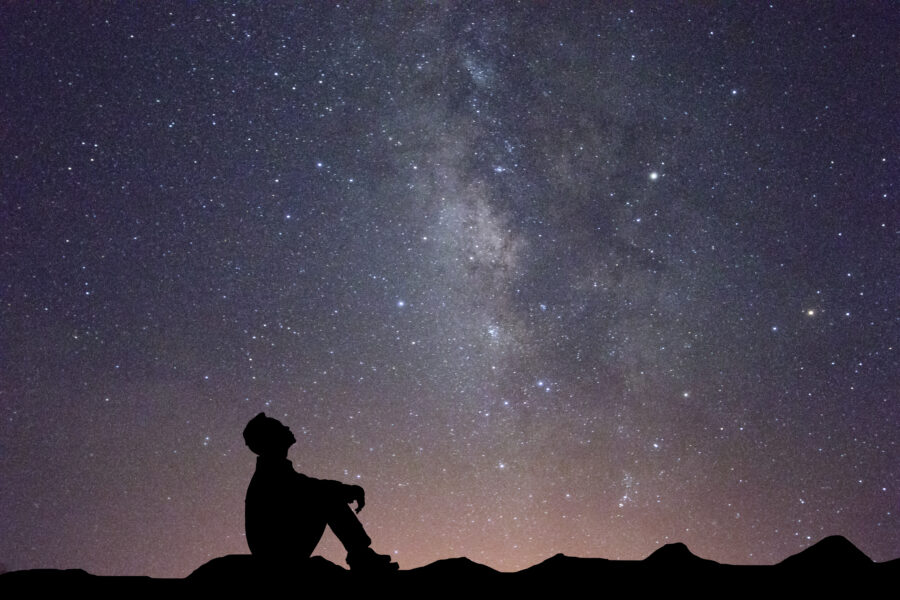
A total eclipse of the Moon, Saturn’s rings ‘disappear’, meteors, and more. Here’s all the celestial events visible from Australia this year.
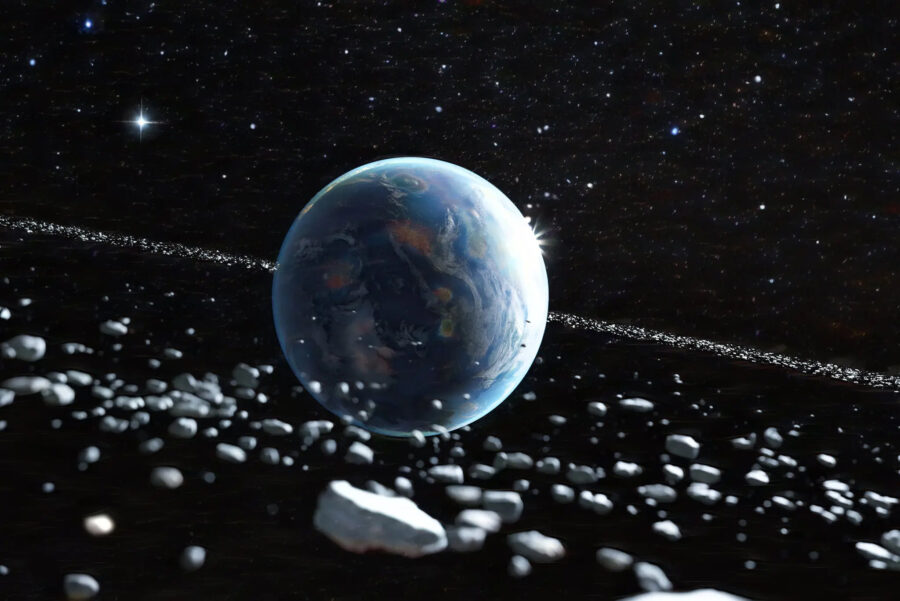
Ask almost anyone which planet has rings around it, and you’ll get the answer “Saturn”, especially if they’ve ever viewed it through a telescope. But not many people know that the other gas giants in our Solar System – Jupiter, Uranus and Neptune – also have rings, although they’re much fainter than those of Saturn.
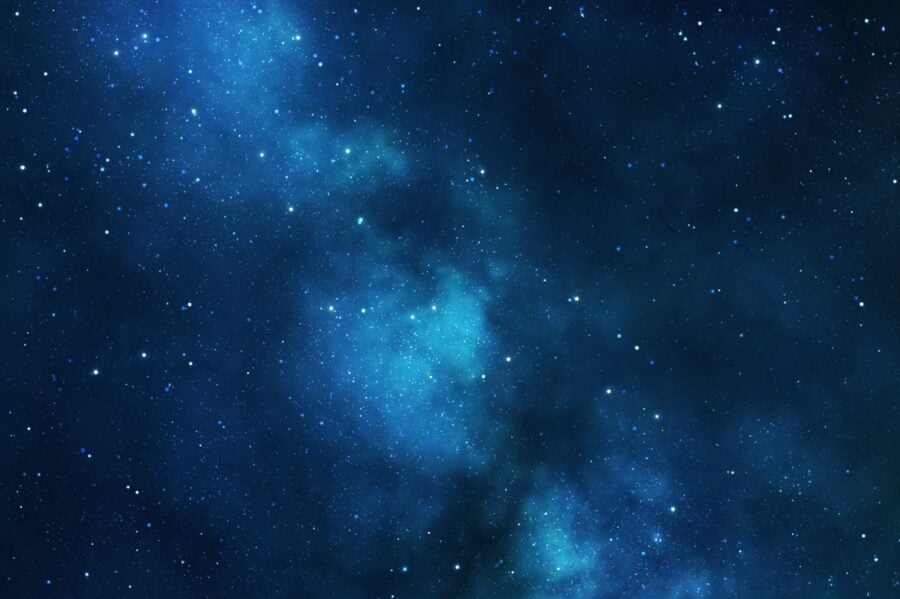
One of the most enduring mysteries of astronomy and space science is something that’s come to be universally known as the ‘Wow! signal’.
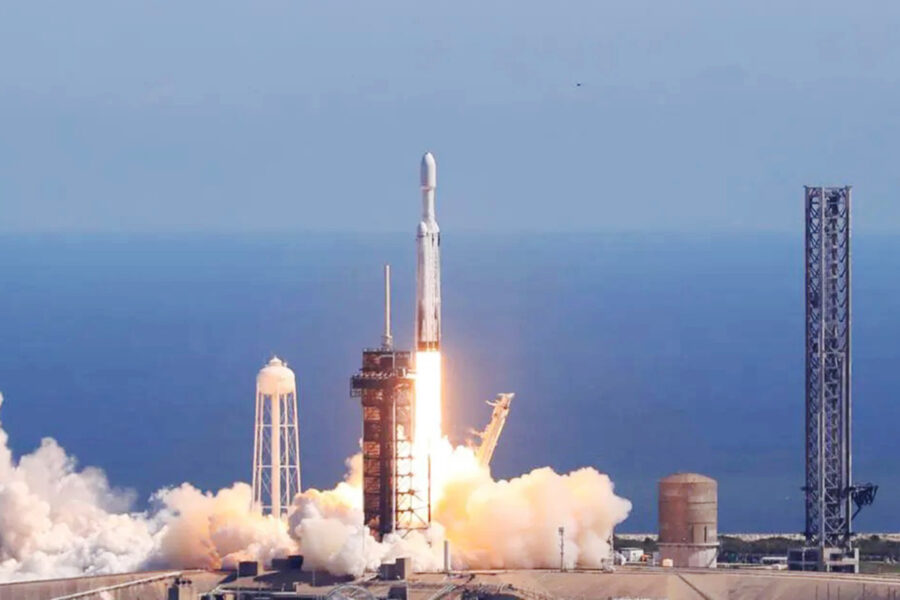
Australia woke to news this morning that NASA’s latest spacecraft launch from Florida’s Kennedy Space Center was a huge success. Our own Karina Holden was there for lift off!
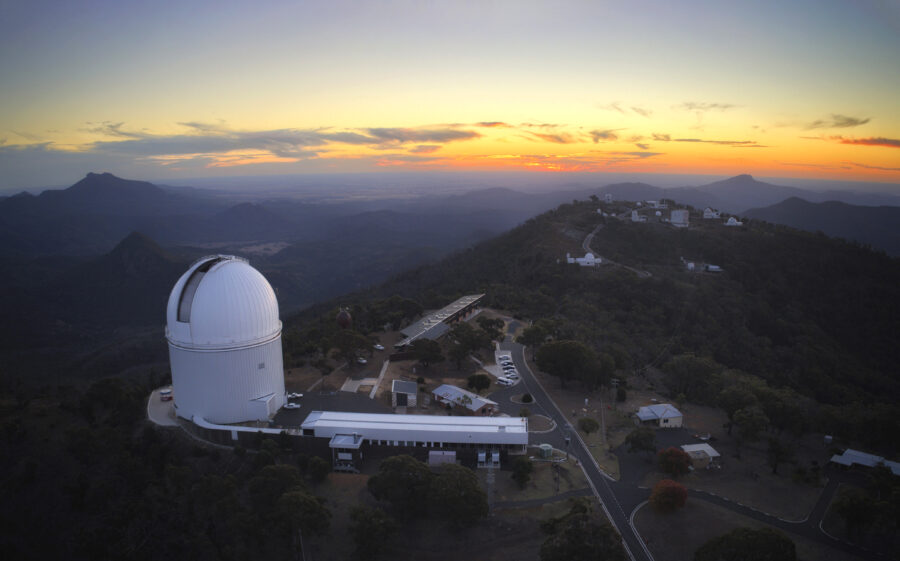
After a stellar 50 years as one of the country’s major scientific assets, the Anglo-Australian Telescope continues to play a major role in keeping Australian astronomy on the world stage.